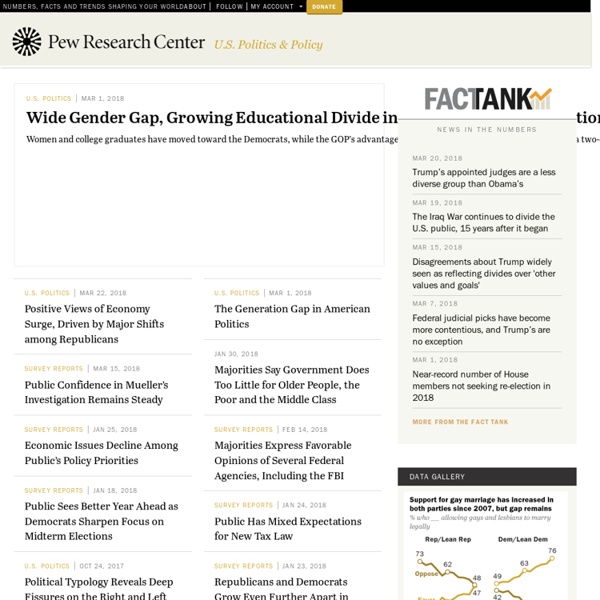



Top 5 Tech Ideas for Creating Better Explanatory Journalism How can technology help journalists make sense of complex issues and explain them to the public in a clear, understandable manner? Last year, Jay Rosen’s journalism students spent an entire semester researching and making explanations in partnership with ProPublica, a non-profit newsroom which focuses on investigative journalism. The class did amazing work to highlight notable examples and develop their own “explainers,” essential background knowledge to help people follow events and trends in the news. NYU’s Explainer class focused especially on two things: presentation and conversation. Where can we innovate? This term, I’m taking Ethan Zuckerman’s Participatory News class from the point of view of a technology designer who wants to build tools to support great journalism. 1. Jay points out in his “National Explainer“ essay that it’s OK to start with the clueless journalist. Building online communities is hard. 2. Many of the explainers in Jay’s class involve narrative. 3. 4. 5.
Stupidity and ignorance have been raised to virtues • Hard News • Public Address The most staggering thing about Donald Trump's speech announcing US withdrawal from the Paris Agreement is that it demonstrated he has no idea at all what the accord actually is. When he blathered that after withdrawing “we’ll see if we can try and make a deal that’s fair”, it meant exactly nothing. Because as David Roberts explained on Vox days before the announcement, signatory countries set their own goals under Paris. Basically, if Trump wants to kill off Obama's clean air inititive – as stupid and self-harming as that would be – he can. Clearly, the fact of US withdrawal is bad, although it's probably worse for the US than it is for the world. Unfortunately, it may be catching.
AHRQ Evidence Review Changes Its Conclusions | Occupy M.E. Mary Dimmock has led the way on this issue, and is co-author of this post. In response to requests by U.S. patient organizations and advocates, the U.S. Agency for Healthcare Research and Quality (AHRQ) has issued an Addendum to its 2014 ME/CFS evidence review. This Addendum downgrades the conclusions on the effectiveness of cognitive behavioral therapy (CBT) and graded exercise therapy (GET), and this has tremendous implications for medical education and treatment recommendations. At Long Last, AHRQ Undertakes Reanalysis The 2014 AHRQ evidence review had originally reported that treatment with CBT and GET improved fatigue, function, global improvements, and employment in ME/CFS patients. This new analysis was published in late July as an Addendum to the original report (see pages 1-16 of the linked report). GET is Ineffective for ME Patients The Addendum reanalyzed just the four GET studies, three of which used the Oxford definition. CBT Is Barely Effective Implications and What Next
Everything under Australia's media, marketing & entertainment umbrella